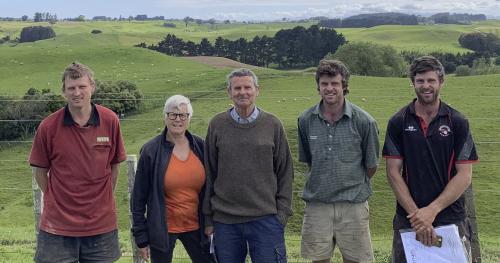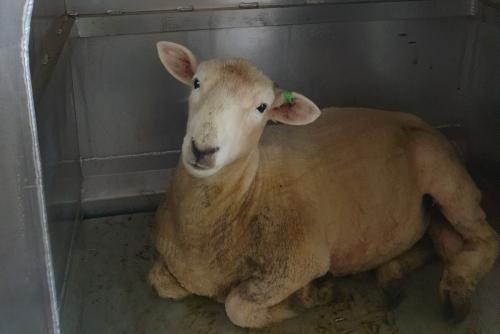Search results
Displaying 301 - 310 results of 895
- NewsThe annual round of regional Ballance Farm Environment Awards has wrapped up, with sheep and beef farmers winning five of the ten regional Supreme …

- Factsheet… below may linked pneumonia shearing lambs weaning increased stress crowding together … other flocks through purchase lambs postweaning increased percentage lambs sold late … condition feeding grow lambs fast possible weaning maximise development immune system …
- NewsAt only 15 years of age, Miya combines her love of the outdoors and passion for horses into her daily work life on the farm in Whangārei. Miya’s favourite animal on farm is her new puppy Tonker, who …

- Factsheetuniversity nebraska lincoln digitalcommonsuniversity nebraska lincoln faculty publications agricultural leadership education communication department agricultural leadership education communication …
- Editable PDF… dates replacement rate breeding stock mean weaning date birth rate lambs calves fawns … dates replacement rate breeding stock mean weaning date birth rate lambs calves fawns …
- NewsThe Facilitation Learning and Change Programme that came out of the Red Meat Profit Partnership (RMPP) was completed in March 2021. Beef + Lamb New Zealand (B+LNZ) then integrated the RMPP Action …

- NewsRam breeders wanting to have their animals’ methane emissions measured through the Cool Sheep® programme are encouraged to submit their expressions of interest before the end of …

- Page1 ministry environment department conservation helping nature people thrive exploring biodiversity credit system aotearoa new zealand beef lamb new zealand ltd deer industry new zealand submission 3 …
- NewsTickets for the Beef + Lamb New Zealand Awards in Hamilton on 10 October are selling fast and anyone wanting to join the celebrations is encouraged to secure their tickets as soon as …

- External resourcechilean needle grass ute guide chilean needle grass ute guide produced part chilean needle grass awareness programme chilean needle grass awareness programme funded ministry primary industries …